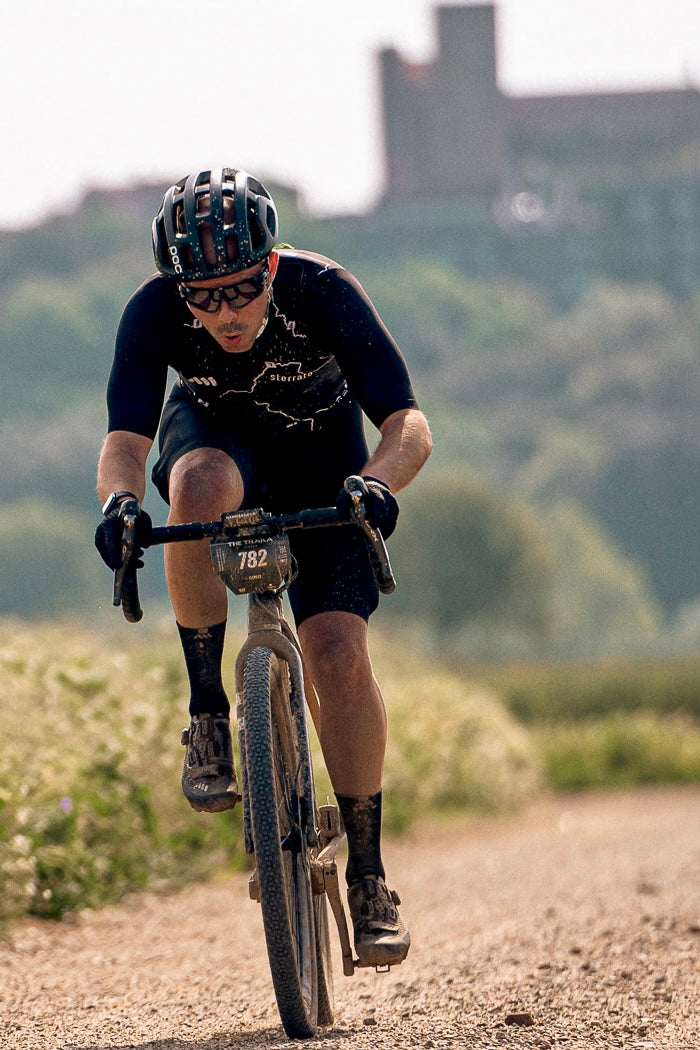The Bikepacker's Toolkit: Essential Equipment and Setup Tips (2)
Building on our introduction to bikepacking, this chapter focuses on the crucial gear and equipment needed for a successful journey.

Bikepacking, as the name suggests, is about using the bike's structure to carry bags with your gear. This system has several advantages and some drawbacks, especially if we don't fully utilize its capabilities. Lightness and a dynamic riding experience are key to traveling anywhere on your bike, across almost any terrain.
Essential Bikepacking Gear Analysis
Bikepacking is best done with a mountain bike or a gravel bike, as they are versatile for all types of trails including roads, paths, and technical tracks. Mountain bikes are popular for more technical and mountainous areas and are widely used among cyclists. In addition to the bike, you'll need bags to carry all the equipment for self-sufficient living, including sleeping and eating in nature.

Choosing and Organizing Gear for Different Terrains and Trips
The most nerve-wracking part for a cyclist starting a trip is deciding what to pack. Do we need everything? Often, fear of the unknown leads us to carry more than necessary. Traveling light and minimalistically is crucial.
For bikepacking, consider various bags: handlebar bag, frame bag, saddle bag, top tube bag, stem bag, and fork bags.
- Frame Bag: Placed centrally on the bike, it's ideal for heavier items to lower the center of gravity. It can be attached with Velcro, elastic bands, or fixed to the frame if it has internal threads. It's wise to protect the frame from potential abrasion [LINK]
- Handlebar Bag: Available with a separate harness or integrated straps. The latter are lighter, while the former are easier to mount and dismount.
- Saddle Bag: Like handlebar bags, they come with or without a harness and an anti-sway system. Ideal for dry clothing, they also act as a rear mudguard on rainy days.
- Top Tube Bag: Located near the stem, they're perfect for items needed throughout the day like a mobile phone, small power bank, or snacks.
- Stem Bag: Great for carrying a half-liter bottle or some food. Attached to the handlebar and stem.
- Fork Bags: Can carry around three kilos per side, increasing capacity significantly. Useful for long trips but can restrict maneuverability in tight spots.

Protect Your Frame
It's important to protect frames from abrasion with bags. Parts like the head tube, main triangle, fork legs, or stays can suffer paint wear.
Rubbing bags against the frame can damage the paint or finish, reducing the bike's value for future sale. Mud and dust, when trapped between the frame and bag, can act like fine sandpaper.
We recommend using frame protectors to offer a layer between the frame and bikepacking bags. AMS downtube protectors not only provide great defence but also add a personal touch with their playful graphics related to gravel and bikepacking, adventure, and bicycle travel. The black or white finish complements any frame color. I love how it looks and the peace of mind knowing your frame is always protected and will maintain its pristine condition in its most exposed areas.

Equipped with the right gear, our next step is to plan the journey. Chapter 3 will guide us through this crucial process.













